The original article was written by SoftFormance https://www.softformance.com/blog/data-science-benefits-for-business/
Data science has revolutionized business development in the last decade. Now it dominates almost all industries: banking, finance, healthcare, manufacturing, transportation, education, e-commerce, etc. Thus, data science’s value for business these days is incredible.
It’s no wonder that this shift is happening. By 2025, it is estimated that there will be around 175 zettabytes of data floating around.
Data is everywhere, and there’s so much of it that it might be challenging to understand what exactly to use for your business, and how you can benefit from it.
Using data properly will allow you to broaden your business capabilities and open the world with even more possibilities. You will improve your decision-making processes, discover new insights, reduce costs, and optimize resources.
In this article, I will talk about everything you need to know about data science, and we will cover the advantages of data science. Moreover, you will learn about the reasons why it’s high time to start using data to benefit your business and future projects and what is the value of data science.
If you want to read about all the benefits of data science for business, the examples of projects that used it, and how to choose the right team for this, keep on reading.
What is data science?
Data has already been called “the oil of the 21st century.” There’s so much of it, that one can’t help but ask: what do we do will all this data and how do we make it useful?
Data science is meant to answer all these questions.
So, what exactly is data science?
It is the process of using various techniques and tools to extract useful information out of all the data that there is. This field of study combines programming skills, domain expertise, and the knowledge of statistics, maths, and analysis to be able to extract meaningful insights from data.
Data science has a five-stage life cycle:
Capture. This stage involves data acquisition, data entry, signal reception, and data extraction.
Maintain. Next comes data warehousing, data cleansing, data staging, data processing, and data architecture.
Process. Data mining, clustering/classification, data modeling, data summarization.
Analyze. Exploratory/confirmatory, predictive analysis, regression, text mining, qualitative analysis.
Communicate. Data reporting, data visualization, business intelligence, and decision-making.
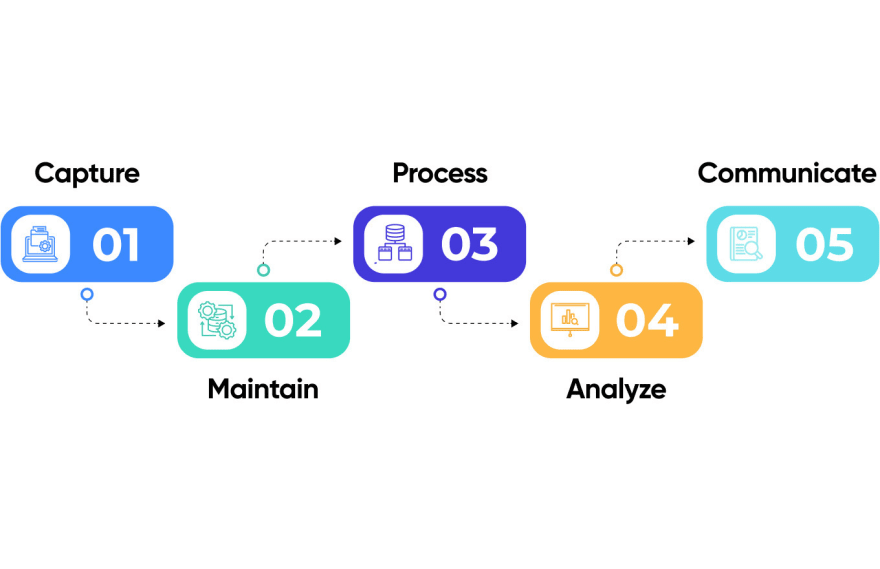
In 2009, Hal Varian, Google’s chief economist predicted the importance of adapting technology’s influence and reconfiguration of different industries.
“The ability to take data — to be able to understand it, to process it, to extract value from it, to visualize it, to communicate it — that’s going to be a hugely important skill in the next decades.”
– Hal Varian.
Thus, data scientists can identify relevant questions, collect data from multiple sources, organize it properly, find solutions in this data, and communicate their findings to positively influence business decisions.
Data scientists often use machine learning algorithms to produce AI systems that will perform the tasks that usually require human intelligence.
They also detect patterns that are hidden within huge volumes of data, analyze those patterns, and make takeaways. With the use of specific advanced algorithms and machine learning models, data scientists help business owners make predictions and accurate assessments.
During the last decade, data science has progressed to being used in practically all industries. Let’s see where it is best applied and focus on real-life examples.
Data science application examples
It is safe to say that data scientists have changed almost every industry for the best. For example, in sports, the models and metrics they create have redefined what “athletic potential” is. In medicine, it is easier now to predict possible side effects. This influence will only strengthen with time as the quantity of data is growing.
Here are a few examples of where data science is best applied:
Healthcare
This sector benefits from data science the most. It was back in 2008 that data science was first used in the healthcare industry when Google created Google Flu Trends – a map of documented flu cases. Even though the project was not successful at first, it demonstrated great potential for the use of data science in healthcare. Now, data science is used in healthcare for these purposes:
Medical image analysis
Genetics & genomics
Drug development
Virtual assistance for patients and customer support

The most popular projects using data science for healthcare include Google, Clue, Oncora Medical, and Veeva.

Since the failed attempt in 2008, Google hasn’t abandoned its attempts to apply data science to healthcare.
The company developed LYNA – a tool that helps identify breast cancer tumors that metastasize to nearby lymph nodes. Even though more testing is required, LYNA can accurately identify metastatic cancer 99% of the time.
Clue

The Berlin-based Clue app forecasts users’ menstrual cycles and reproductive health. It tracks cycle start dates, moods, hair conditions, and other metrics. Data scientists mine all this data with Python and Jupyter’s Notebook. Users get notifications when they are most fertile, when the next period is going to start, or when they are on the cusp of pregnancy.
Oncora Medical

Oncora is based on software that uses machine learning to create personalized recommendations for current cancer patients based on the data from past ones. The data collected for this app includes diagnoses, treatment plans, outcomes, and side effects from more than 50,000 cancer records.
Veeva
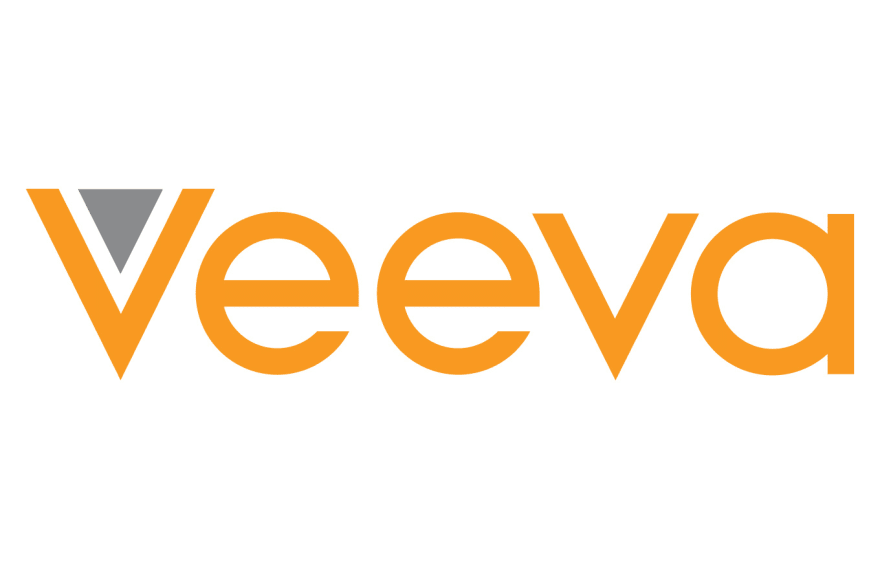
Veeva is a cloud software company that provides software solutions and data for the healthcare industry. The company works in clinical, regulatory, and commercial medical fields.
Sports
By 2026, the global market for sports analytics is expected to reach 8.4 billion. Here is where data science is used in sports:
RSPCT

This application is a shooting analysis system adopted by NBA and college teams. It relies on a sensor placed on a basketball hoop’s rim. The camera of the sensor tracks when and where the ball strikes. Then, the data is transferred to a device that shows the details in real time.
RSPCT helps predict when a shooter is about to take the last shot to win the game.
WHOOP

WHOOP creates devices that track people’s physical data: resting heart rate, respiratory rate, and sleep cycle. These wearable devices help athletes understand when to push their training and when to rest.
Trace

Trace is a company that provides football coaches with AI systems that analyze game film as well as recording gear. Players wear Tracers – tracking devices – that record the game. Then, this footage is stitched together by an AI bot, and the most important moments in the game are highlights. It allows the team and the coaches to collect detailed insights from each game.
Government
Governmental agencies maintain their own databases full of people’s data: ID photos, phone activity, fingerprints, etc. They have access to more data than Google and Meta combined!
Such data is often used for investigations, for example, when investigators reach out to various agencies to get certain information about people.
The government’s data will only grow in size, so here are some of the government agencies that use data science:
Equivant
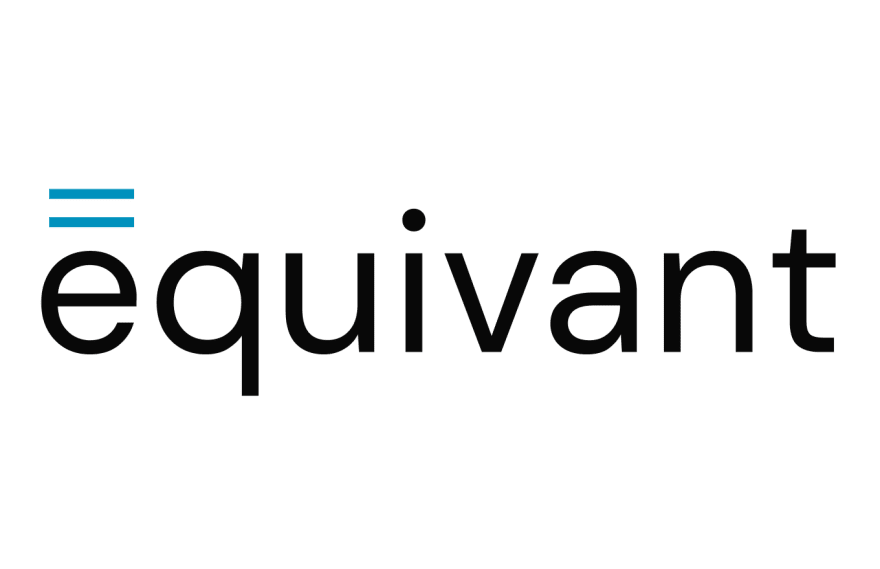
Equivant is used by the American judicial system and law enforcement. The app uses Northpointe software that helps assess the risk of an incarcerated person’s reoffending.
It is based on an algorithm that predicts the risks based on a questionnaire that cover’s people education level, employment status, and many more. According to ProPublica analysis, Equivant’s predictions are 60% accurate.
US Immigration and Customs Enforcement

ICE, or the US Immigration and Customs Enforcement, uses facial recognition technology to extract people’s driver’s license photo databases. The goal is to deport undocumented immigrants.
This practice has been criticized by many Americans for being unethical and because of its facial recognition technology which is still not working properly. Still, it is data science as facial recognition builds on raw data with AI and machine learning systems.
IRS

IRS uses data science to modernize its fraud-detection protocols. The agency has created multidimensional taxpayer profiles from data available to the public (on social media, mostly), assorted metadata, payment patterns, and emailing analysis. This helps the agency to forecast individual tax returns.
E-commerce
Online shopping has almost become a substitute for offline shopping. More and more people choose shopping without leaving their houses instead of going to shopping malls.
Thus, online retailers now allow people to create their personal profiles where they can track their orders, save their wishlists, and many more. Some stores can even adjust their prices based on people’s ability to pay. Here are examples of apps that use data science to personalize the online shopping experience:
Sovrn
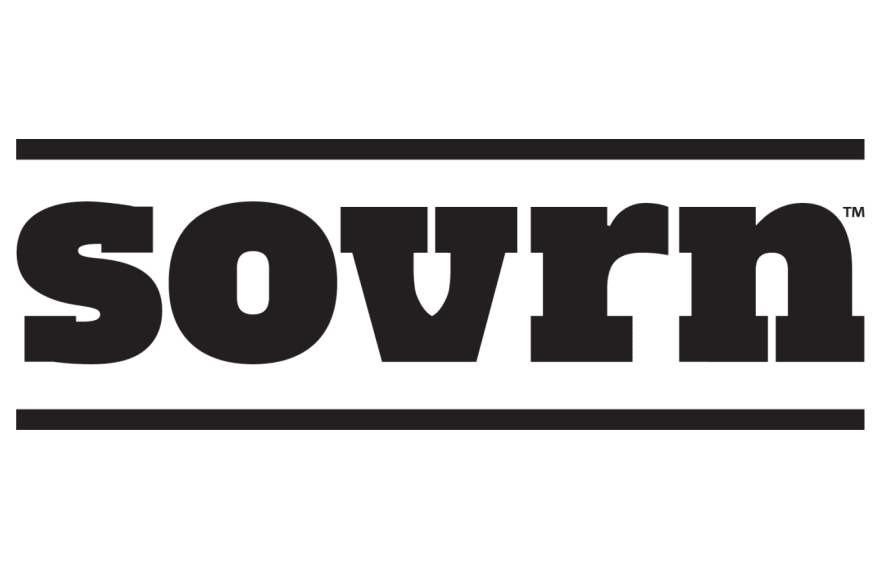
Sovrn is used by advertisers and outlets like ESPN and Bustle to sign deals. Since these deals happen millions of times a day, this application has collected tons of data for analysis, insights, and improvements to its advertising technology. Sovrn interface can monetize media with minimal human oversight.
Airbnb

Airbnb uses data science to improve its search function. Now, the app prioritizes the search rankings of a rental if it’s in an area that has a high density of Airbnb bookings. People can look for rentals in cool neighborhoods rather than merely focusing on price and availability.

Instagram also uses data science. Mainly, it uses data science to target its sponsored posts. Meta, Instagram’s owner, has tons of data on many users, including their age, education, shopping preferences, and search history. Thus, Instagram uses this data to craft algorithms that convert all this data into predictions of what people might want to buy.
Taboola
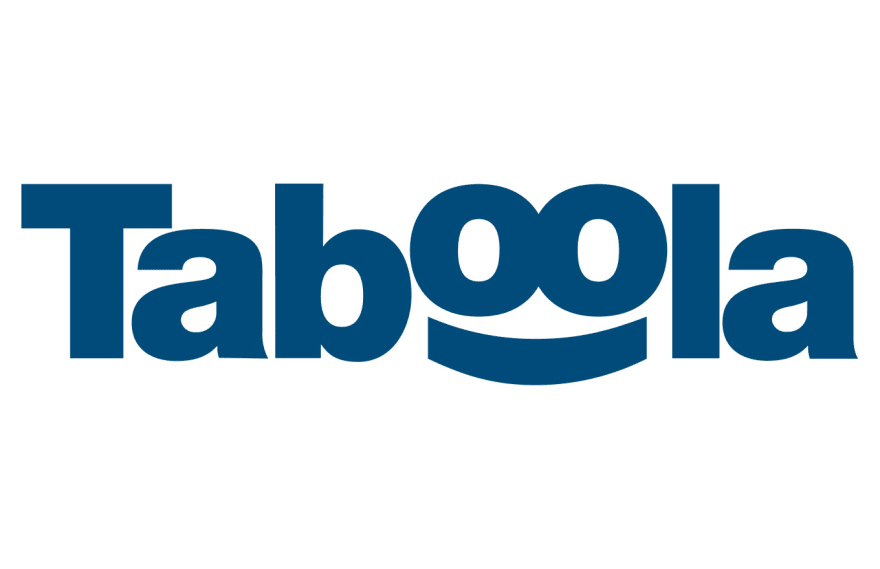
Taboola uses AI, deep learning, and large datasets to create engagement opportunities for advertisers. Its discovery platform places ads throughout a variety of online publishers, creating new monetization, audience, and engagement. On Taboola, readers can find news, advice, or topical info as well as find new services and products.
Gaming
In 2021, the global video game market was valued at $195.65 billion, and it is expected to grow nearly by 13% by 2030.
AI and data science have been used in video games for decades, and now the ways to implement data science in gaming are growing at an incredible pace.
Here are some examples of the use of data science in gaming.
Activision Blizzard
This company is behind popular games like World of Warcraft, Call of Duty, Candy Crush, and Overwatch. Activision Blizzard uses big data to improve people’s gaming experiences.
Unity

Unity creates and operates interactive, real-time 3D content, including games. Companies like Riot Games, Respawn Entertainment, and Atari use Unity to make data-driven decisions to monitor business metrics.
2K

2K Games is a studio that has created Bioshock and Borderlands, as well as PGA and WWE games series. It extracts gaming data and builds models to improve its sports games. The studio also uses data to analyze players’ behavior and suggest how to improve their player experience.
Social media
People share a lot of information about themselves on social media: their age, education, occupation, places they visit, what they watch, listen to, etc. All the friendships, relationships, and even coworker connections leave tons of data that can be collected and used by various companies.
Many relationships these days begin online: friendships, romantic relationships, and working relationships, and the data about a user influences who they will meet next online. Here is how data science is used by social media platforms:
Tinder

When people match on Tinder, it is thanks to the company’s data scientists. The app uses an algorithm that boosts the probability of matches, showing users those people who they will most probably like. It also prioritizes matches between active users, those who are near each other, and people that might be each other’s “type.”
Meta
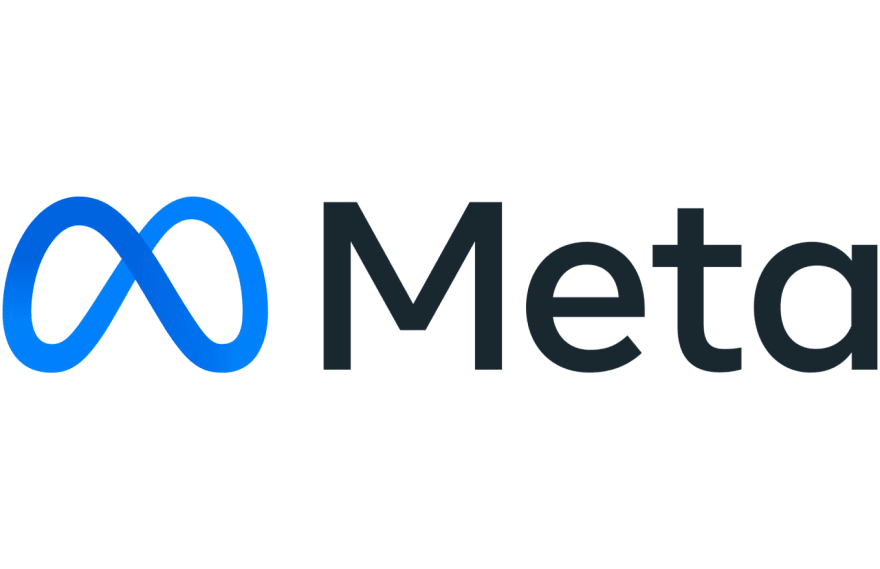
One of the most popular features that Meta uses data science for is the “People You May Know” sidebar. It appears on Facebook, Instagram, and other Meta platforms’ home screen, and it is based on people’s friend lists. It is also based on a great algorithm that uses a type of data science known as network science.
Problems solved by data science
Data science is used to solve problems that can be solved by analytics. Thus, an approach used to solve certain business problems depends on their nature and on the needs of one’s business.
It is impossible to cover all the problems that can be solved by data science, but let’s focus on the most prevalent ones.
Replacing old solutions with new ones
Data science promotes innovation. In the past, many of the problems now solved by data science were addressed by other means, often not as effective. Nowadays, data science has replaced those outdated solutions, and new ways of solving problems have been developed.
For instance, nowadays, data scientists use big data to create consumer demand forecasts that are way more accurate than those provided by older approaches.
Creating new services
Data science not only replaces old solutions but also creates entirely new ones. This process is called prototyping. This process can be used both for the development of internal and external services.
For example, an internal service can be machine learning that is used to monitor potential compliance breaches. An external service is one that is customer-oriented, such as a chatbot that makes customers’ shopping experience easier.
Continuous improvement for one’s business
Continuous improvement, or Kaizen, is a key principle of modern management practice. It is not only about improving all business practices but also about improving oneself. Kaizen consists of knowledge sharing between team members and encouragement of each other’s development.
Data science is a major driver of continuous improvement. It’s all about making existing data science projects better.
For example, B2C firms often use data science to target their marketing to specific consumer segments. To achieve this, data scientists analyze what distinguishes one consumer segment from the others and then develop statistical models that recognize these differences within a dataset.
“Crisis” problem-solving
Sometimes, businesses cannot identify problems that arise during certain operations. Because of these unrecognized issues and failed attempts to solve them, businesses fail. That’s when businesses need data scientists’ help. They are able to identify the source of the issue and find ways to solve it.
For instance, data scientists use factor analysis to investigate concepts that cannot be measured directly. They break a process into factors, and it helps determine to what extent each factor is contributing to the problem.
Data science challenges
With more and more businesses using data science and data analytics, they have been experiencing not only its benefits but also its challenges. Most of these data science issues are not company-specific, and they can arise in any business.
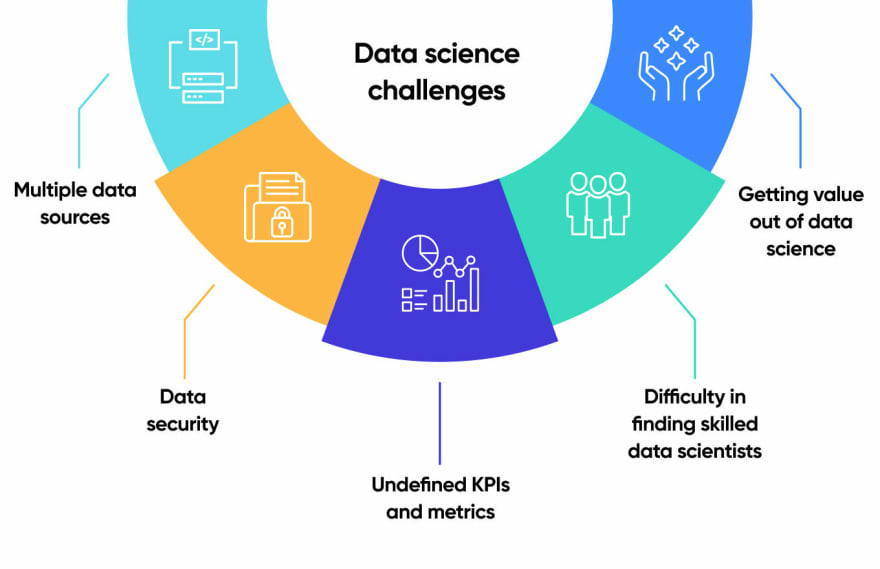
Multiple data sources
Many companies these days use CRMs and ERPs to collect and manage information about their customers, sales, and employees. These applications are usually not structured, so data consolidation may be challenging. As a result, companies collect too much-unstructured data from various sources, and they need to find ways to handle and extract data from this pile.
Furthermore, using many different sources for gathering data make it difficult to gather meaningful insights. This leads to more errors, challenges, and wastes a lot of time.
There’s a solution to this challenge, and it lies in the correct format for data science. It is important to know the 4 Vs of big data:
Volume: the term “big data” does not mean that you need a huge amount of data. What you need is the right technology to handle any amount of data and know how to cope with it.
Velocity: the speed with which information is transferred matters. Since the exchange is happening in real time, it is important to analyze the data sets in real-time as well.
Variety: don’t forget that data is varied. It can be structured, unstructured, or semi-structured. Each piece of data will require special treatment depending on its type.
Veracity: before starting big data analysis, choose data that is relevant to your specific business case.
Data security
One of the main issues of data science is data security. This term includes all security measures and tools that are applied to analytics and data processes.
Some of the data security breaches include attacks on data systems, ransomware, and theft.
Out of the three, information theft is the most common. Most frequently, it happens with the organizations that have access to sensitive data such as cusomers’ personal info or financial information.
To protect the data, companies should follow the three fundamentals of data security:
Confidentiality
Integrity
Accessibility
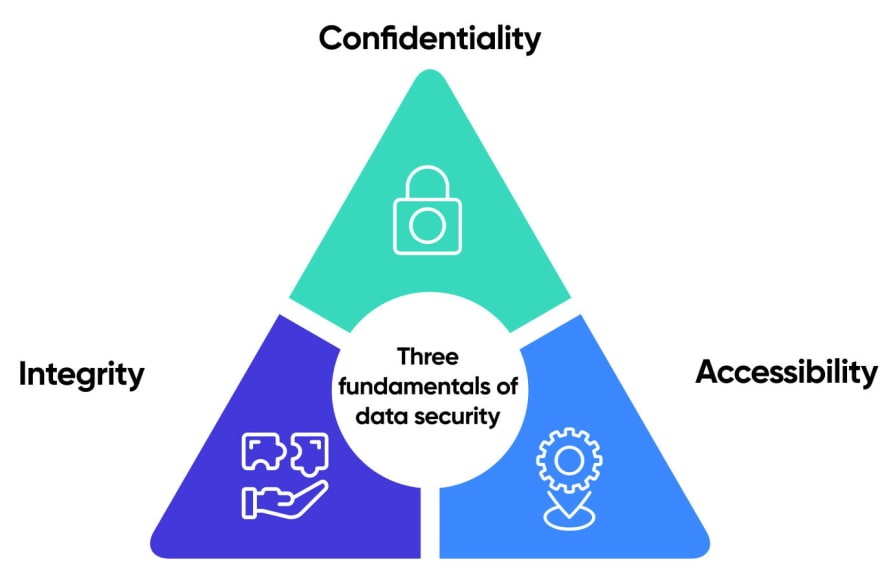
To ensure that all data is stored confidentially, companies need to use secure systems to access and store this data. Some of the methods that can be used include data penetration testing, data encryption, and pseudonymization. Moreover, it is best to update privacy policies to ensure that your business information stays protected.
Undefined KPIs and metrics
Knowing how to develop algorithms is not enough for data science. It is also essential to define the metrics and KPIs that will boost your business growth, and if it’s not done, the company can face serious challenges.
Here are some of the methods to identify key metrics and KPIs:

Clear goal and vision: set a realistic goal and articulate in a way that makes it clear for everyone. The goal should allow you to track the project’s progress.
Return of investment: if you choose to invest in a data science project, make sure that the results will maximize your ROI or at least minimize the loss.
Reusable artifacts: reusable artifacts help you save a lot of time and improve the overall productivity of the DS-based project. Such artifacts include frameworks, AI models, and open-source software.
Delivering actionable insights: if your DS-based project is successful, it helps you get actionable insights that improve inventory, sales, and production processes.
A number of production deployments: it is okay to make changes in production to ensure that your model works as expected.
Difficulty in finding skilled data scientists
Another issue business owners are facing is the difficulty to find skilled data scientists. It is not enough for specialists to have an understanding of ML and AI algorithms. They are also expected to know about the business perspectives of data science.
Thus, business owners look for teams who are able to tell the story of the organization through data and who have strong problem-solving capabilities. Moreover, data scientists should constantly collaborate with other teams and explain technical complexities in a clear way.
Getting value out of data science
Data science can bring a lot of value to your business processes. It encourages your teams to be more collaborative, make better decisions, and work more effectively.
It can also be used to understand customers better, target the right customer segments, and improve the quality of products you are offering.
Despite these challenges, data science offers multiple benefits for business owners, and that is why more and more organizations are now working with data scientists to improve their business processes. Let’s take a look at the value and benefits of data science.
The value and benefits of data science
What are benefits of data science, you may ask?
Well, one of the key functions of a data scientist is to study and structure your business data to be able to extract more valuable insights for your organization. Thus, there are many benefits and values of data science to one’s business:
Increases business predictability
This is one of the key data science advantages. Analysis means higher predictability. When you choose to invest in data science, you invest in more predictability for your business and, as a result, fewer errors. Data scientists use AI and machine learning to work with the collected data so that a company can carry out more precise analyses and extract more valuable insights. This thorough analysis helps you make decisions that will have a positive impact on the future of your business as you can predict the outcomes more easily.
New products and innovation
Data science allows organizations to collect and analyze more information about their customers, do it faster and more effectively and, as a result, be able to make more accurate predictions about future trends. Furthermore, data science allows us to keep up with these market trends and analyze what people like, want, and need. As a result, it is easier to come up with new ideas, create new products, and be innovative.
Improves the decision-making process
Data science is one of the best boosters for the decision-making processes in your organization. The reason is that viewing data in real-time with the help of newly developed systems allows more agility for business managers. Furthermore, these tools give business executives more flexibility. Examples of such systems and tools include dashboards and projections enabled by a data scientist’s data treatment.
Ensures real-time intelligence
Collaborating with RPA professionals, data scientists can identify various data sources of their business to create automated dashboards. These dashboards will search all this data in real time in an integrated manner. This helps an organization make more accurate decisions and do it much faster.
Favors the marketing and sales area
Using and analyzing data is the only way to create products and offer solutions that meet customers’ needs and expectations. That is why marketing is data-driven these days. Data scientists help companies bring in even more insights about their customers, and it allows businesses to improve their marketing operations. With data science, it is even possible to obtain the entire customer journey map and understand one’s customers even more.
Improves data security
When data science became so widely used, the question of data security became prevalent. Organizations realized that data should be protected more securely than ever. The data scientists work on fraud prevention systems, for instance. These systems keep customers safer. Furthermore, with data scientists, it is possible to identify possible architectural flaws.
Data science at SoftFormance
At SoftFormance, we believe that because of the many data science benefits, it promotes growth and boosts effectiveness, and our aim is to apply it to as many of our projects as possible. In recent years, data science has helped us successfully finish projects like DashPro & AdsPro, Revenue Compass, Opesta, LocalPower, and others. Let’s talk about them shortly.
DashPro is an analytics platform for Solar Panel Agency. There is a Dashboard tool to collect and adjust data from different sources, like Facebook and SalesForce. That is where data science was applied – we created a tool for the collection and analysis of data as well as for extracting valuable insights for Solar Panel Agency.
AdsPro is a Facebook ads management tool for one of our previous clients. It allows setting up FB Ads Customer Segments API and Bid Multiplier APIs, with a custom ads builder. We used data science to identify customer segments, analyze reviews, and recommend specific products.
Revenue Compass is the fastest, most advanced, and most user-friendly commercial intelligence platform designed to enable fast-moving consumer goods manufacturers to reduce enterprise-wide price leakages, optimize trade spending and maximize value capture by charging every channel partner prices that are uniquely right for them.
Opesta is a marketing automation SaaS app that instantly increases open rates, click-through rates, and conversions by providing everything you need to generate leads, market, and sell using Facebook Messenger. We utilized data science to identify a potential customer base, for forecasting their potential needs, and analyze what would sell best.
LocalPower is a roof design tool with the automated best placement of panels on top of it. We have created a CRM for solar panel agencies with a unique Roof Design Tool and proposal. Moreover, we have worked on front-end solar software, modeling, proposal, and project management applying data science.
Where to find data science experts?
Since data science is now applied in all industries, the demand for skilled data scientists has grown drastically. Numerous businesses worldwide are looking for experts to help them deal with data and use it for their best benefit. Where do you find a data scientist and what should you pay attention to first?
Most data scientists these days are outsourced. We have an entire article about the benefits of outsourcing, so read it if you want to learn about this practice in detail.
If you want to find your perfect data scientist match in the pool of global talent, pay attention to the expert’s background, education, and experience.
If you are looking for a generalist data scientist, don’t throw out someone’s resume just because this person has a different degree or is from a different field than what you expect.
Remember that data scientists come from everywhere! They are very diverse in their education and background. There are numerous data scientists who have backgrounds in software engineering or data analysis roles, which are very common pathways to data science.
The key is to know the role you are actually hiring for. For example, if you need a data scientist, but your role is heavy on engineering, hire an expert who has experience in engineering.
A great idea would be to create a team of data scientists, each person having a different background, degree, or previous work experience. This way, you will have experts in business, economics, biology, sociology, engineering, etc. Having a diverse data science team is essential for doing great work.
F.A.Q.
Can data science improve information security?
Data science is essential in providing cybersecurity. Most of the cyberattacks are aimed at compromising organizations’ data and later using it. That is why regular updates and analysis of existing data are so important for improving your cybersecurity environment. Furthermore, most organizations that deal with big data have data scientists who identify possible risks and help prevent security issues.
How long should we collect information for the best results?
The amount of time it takes to collect data depends on many factors: your project’s scope, data availability, project tasks, and unexpected events. Thus, to answer the question “How long will this take?”, first determine the scope of the project, then ensure that there is enough data available, define the high-level tasks and see the estimated time for each task, and apply a fudge factor (time spent on unexpected events, on meetings, answering questions, etc).
How can we monetize data?
There are several technologies that will help you monetize data. First, keep the data private. Second, sell it as a product. It can be valuable for different people and companies, so you can create products from the value generated from certain data. Another idea is to trade or exchange data with partners for mutual benefits. Finally, you can try making data open and free so that people may use it, and this will generate value in another way.
Wrapping Up
Knowing how to use data science properly gives businesses a lot of benefits on the market.
They are able to analyze their customers’ journey more easily and understand customers’ needs and expectations, build various tools more easily, predict sales, and overall make their projects and products more successful.
All industries these days use big data and data science to manage and save money, optimize resources, improve workflows and decision-making processes, as well as receive clear statistics about how their business is functioning.
At first, it may seem that working with data science is too complex, and it’s not worth the effort.
In reality, however, it’s not true. The key is to find a team of experts who will help you with it, will answer all your questions, and show you how beneficial data science can be for your business. Also, there are a lot of available tools to reuse. You don’t need to create from scratch in most cases.
Thus, if you have been thinking about using big data for your business, there’s no better time to do it than now.
If you have any questions or need a consultation, contact us.







Top comments (0)